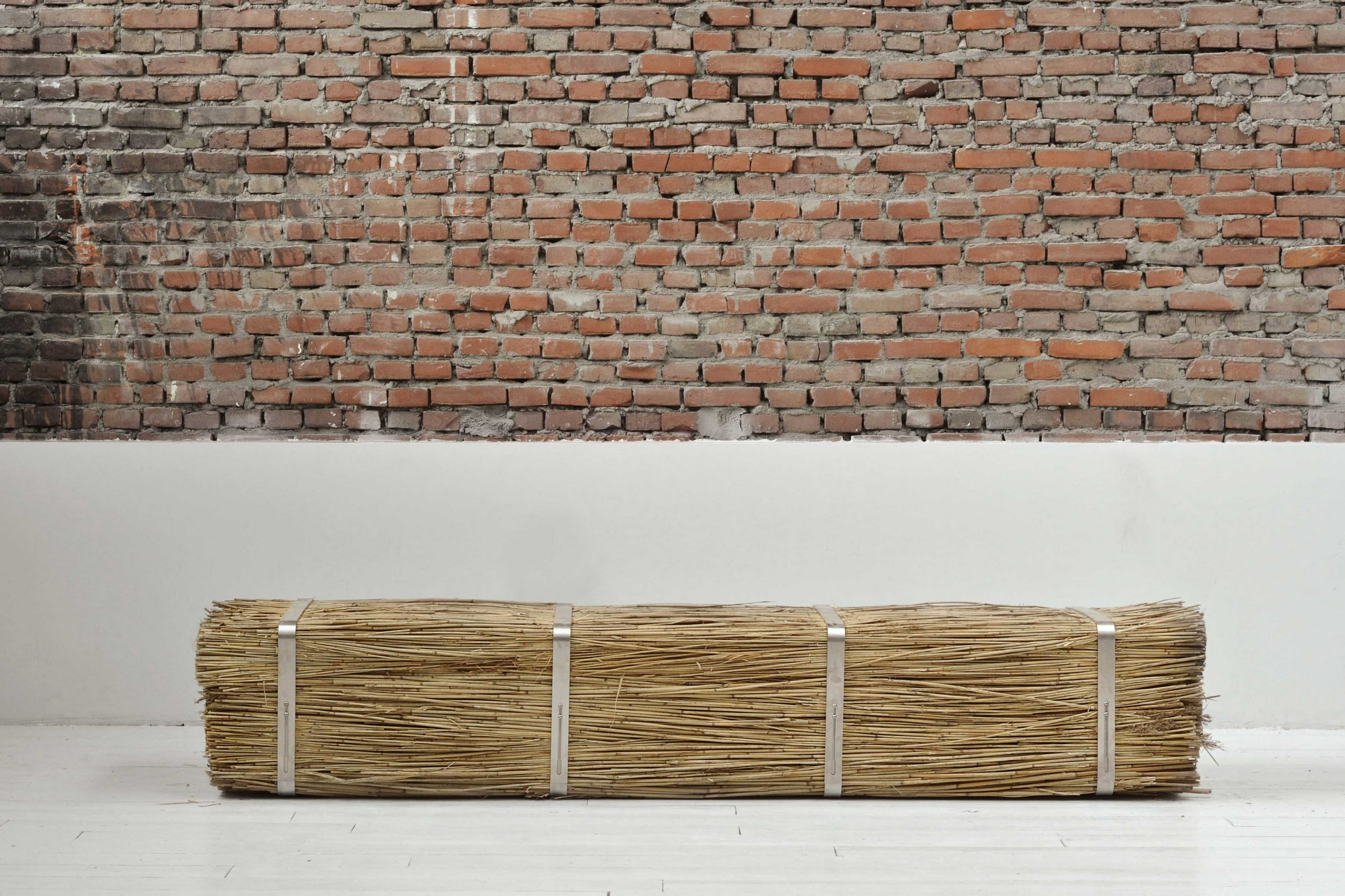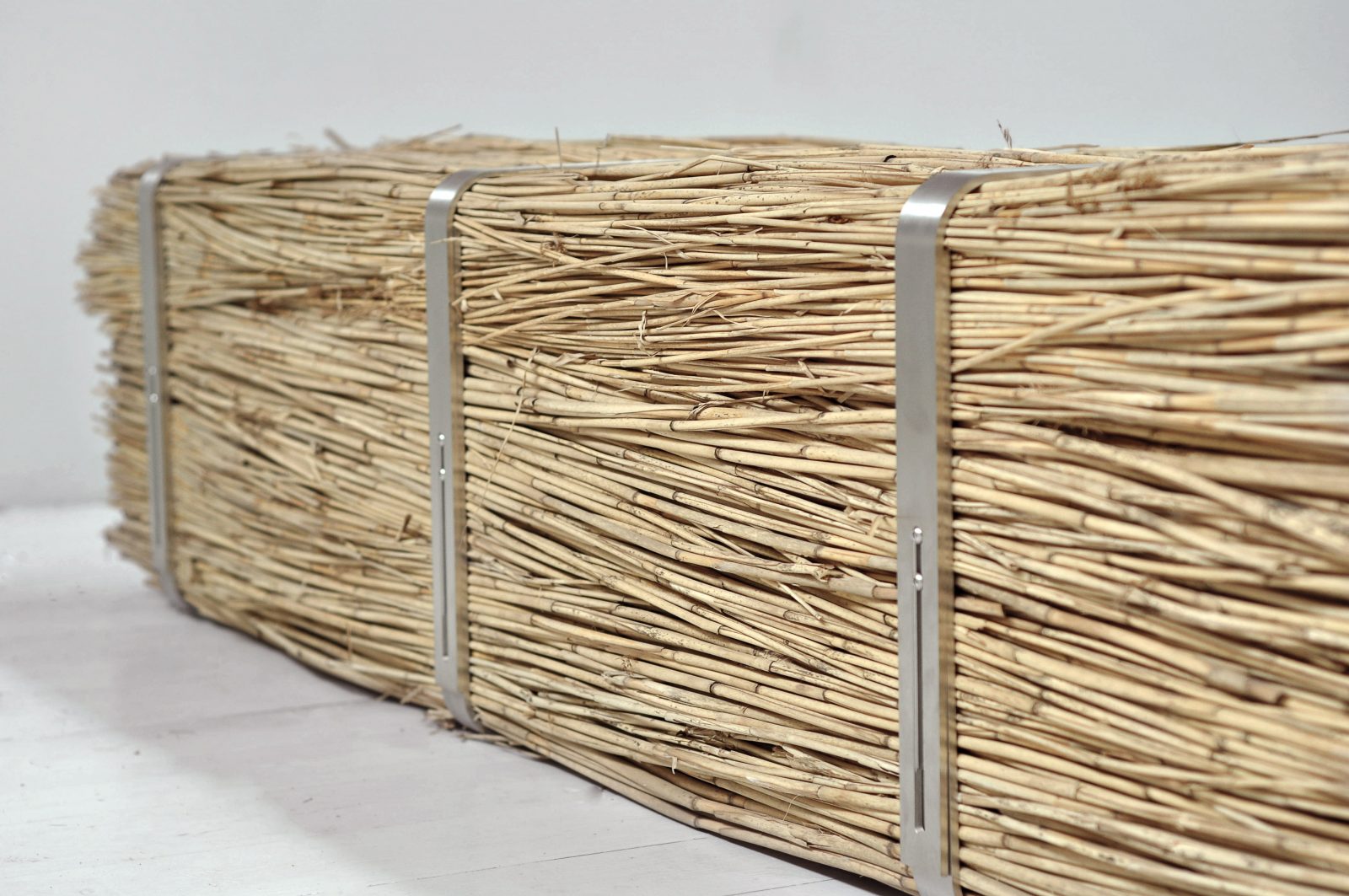December 8th, 2021
Leaving no Trace
Design as Fertile Practice
Text © Laura Drouet
Plants constantly nourish and give back to the biosphere through photosynthesis and by letting the matters that constitute their bodies find their way back to the soil. As such, they create and transform the world, turning it into a habitable and fertile place for all beings. Compared to plants’ earth-to-earth cycles, human-centred practices very rarely give back to the land what they extract from it (in this respect, design and architecture are no exceptions). By altering, exploiting, uprooting and polluting territories, humankind regularly jeopardises the life of plants, fungi, insects, other-than-human animals, and even that of its own species. As the environments we live in are more and more cluttered with non-recyclable stuff and “human-made materials now outweigh Earth’s entire biomass,” the time has come for us to rethink our footprint.
What if we embraced plants’ way of life? What if our everyday objects were ephemeral or even seasonal? Not in the ways disposable plastic items are, but like the leaves of a tree that fall as autumn comes, nourishing the surrounding soil. This is what Eindhoven-based designer Steven Banken suggests with Sheaves, a simple bench made of branches from pruned reed and willow trees held together with four adjustable stainless-steel belts. Conceived in 2009 for the Biesbosch National Park in the Netherlands, the project embraces natural rhythms and decay: at the end of each summer, the branches with which the bench is made offer nesting materials for birds and insects or simply decompose, reintegrating into the cycle from which they were temporarily removed.
What if we embraced plants’ way of life? What if our everyday objects were ephemeral or even seasonal? Not in the ways disposable plastic items are, but like the leaves of a tree that fall as autumn comes, nourishing the surrounding soil. This is what Eindhoven-based designer Steven Banken suggests with Sheaves, a simple bench made of branches from pruned reed and willow trees held together with four adjustable stainless-steel belts. Conceived in 2009 for the Biesbosch National Park in the Netherlands, the project embraces natural rhythms and decay: at the end of each summer, the branches with which the bench is made offer nesting materials for birds and insects or simply decompose, reintegrating into the cycle from which they were temporarily removed.

 The Sheaves bench by Dutch designer Steven Banken, 2009. Photos © Steven Banken
The Sheaves bench by Dutch designer Steven Banken, 2009. Photos © Steven Banken
Stills from the video “Algae Geographies”. Direction: Henriette Waal; Camera & editing: Victor Picon © Atelier Luma. Watch the video
As anecdotal as it may seem, the web of connections that Sheaves creates is vast and powerful. The object becomes a temporary manifestation of the seasonal dynamics constituting Biesbosch National Park – from the gardeners that care for the trees necessary to the production of the bench to the living beings that process it after its disposal. It is the same vital potential that French philosopher Baptiste Morizot sees in his home worm composter which, inspired by Australian philosopher Val Plumwood, he describes as the “cosmology of the circulation of living energy” – a cosmology in which all beings, including humans, become “potential life to others”.
What if more designers were to adopt this cosmology? Should everyday artefacts – including the shoes we wear and the chairs we sit on – be designed as offerings or gifts to other living beings, as Robin Wall Kimmerer suggests in her book Braiding Sweetgrass?
At a time of planned obsolescence, some might find this paradoxical, but objects that can potentially go back to the soil without leaving traces have been part of our domestic landscapes for centuries. Think of wicker and palm tree leaf baskets, bamboo Shamojis, or linen and hemp clothing, not to mention non-vegetal matters such as leather and wool.
From a design perspective, what these objects and materials also suggest is that decay enables perpetual rebirth, as knowledge is passed from one generation to the next and a symbiotic relationship of interdependence between humans and others is established and nurtured. Of course, this can only happen if the respectful bond between the people that create the objects and the beings that provided the matter remains intact. This can be an arduous task today, as many of the plants we use as resources are cultivated industrially, far from consumers’ sight. Shaping natural and cultural landscapes, the interwoven fates of humans and other living beings are more and more endangered by the advent of plastics, fast methods of production and over-consumption.
What if more designers were to adopt this cosmology? Should everyday artefacts – including the shoes we wear and the chairs we sit on – be designed as offerings or gifts to other living beings, as Robin Wall Kimmerer suggests in her book Braiding Sweetgrass?
At a time of planned obsolescence, some might find this paradoxical, but objects that can potentially go back to the soil without leaving traces have been part of our domestic landscapes for centuries. Think of wicker and palm tree leaf baskets, bamboo Shamojis, or linen and hemp clothing, not to mention non-vegetal matters such as leather and wool.
From a design perspective, what these objects and materials also suggest is that decay enables perpetual rebirth, as knowledge is passed from one generation to the next and a symbiotic relationship of interdependence between humans and others is established and nurtured. Of course, this can only happen if the respectful bond between the people that create the objects and the beings that provided the matter remains intact. This can be an arduous task today, as many of the plants we use as resources are cultivated industrially, far from consumers’ sight. Shaping natural and cultural landscapes, the interwoven fates of humans and other living beings are more and more endangered by the advent of plastics, fast methods of production and over-consumption.
The gulf of Oristano, in western Sardinia (Italy), is a example of such endangerment. Listed as a Ramsar site (a label that identifies wetlands of international importance), this coastal region encompasses a fragile Mediterranean ecosystem stretching over 200 kilometers, and shaped by an ancient weaving and harvesting tradition that can be traced back to the Neolithic. This practice relied on a deep connection between humans and the wetland’s rushes and reeds and was nearly erased with the introduction of plastics in the mid 20th century. Having lost the financial independence earned through the production of woven everyday objects – such as fish traps, cheese and bread baskets – as well as precious know-how, the local community is gradually disconnecting from the lagoon areas.
Within the framework of the Maristanis conservation project – which acts locally to restore and protect the area’s wetlands – the think-tank and learning network, Atelier Luma, has been working since 2017 to reactivate the disappearing bonds between the people, plants and landscape in the area. In the agricultural village of San Vero Milis, its team of designers have joined forces with environmentalists and historians to work with local craftswomen to revitalise – but not freeze – weaving techniques and harvesting practices, cultivating inclusiveness, respect, empowerment and care through objects made of plants harvested in the wetlands.
Like the mud houses designed by Austrian architect Anna Heringer with local communities in Bangladesh – whose ruins become fertile fields waiting for gardens to blossom – designed objects, and by extension we as consumers, should aim towards such lush balances, being fully aware of “our fragility, our mortality and our finitude,” in the words of American philosopher Donna Haraway.
(This essay was originally published on The Planthunter on December 16th, 2020)
Like the mud houses designed by Austrian architect Anna Heringer with local communities in Bangladesh – whose ruins become fertile fields waiting for gardens to blossom – designed objects, and by extension we as consumers, should aim towards such lush balances, being fully aware of “our fragility, our mortality and our finitude,” in the words of American philosopher Donna Haraway.
(This essay was originally published on The Planthunter on December 16th, 2020)

Bibliography
Robin Wall Kimmerer, Braiding Sweetgrass : Indigenous Wisdom, Scientific Knowledge and the Teachings of Plants, Milkweed Editions, Sep 16, 2013
Baptiste Morizot, Sur la piste animale, Actes Sud, 2018
About the author
Born in France and holding a MA in Art History, Laura Drouet is an independent researcher and curator. Following her interest in botany and the relationships between humans and the vegetal world, in 2017 she conceived Plant Fever. She is the co-founder of the curatorial practice, studio d-o-t-s. studiodots.eu / @we_are_dots